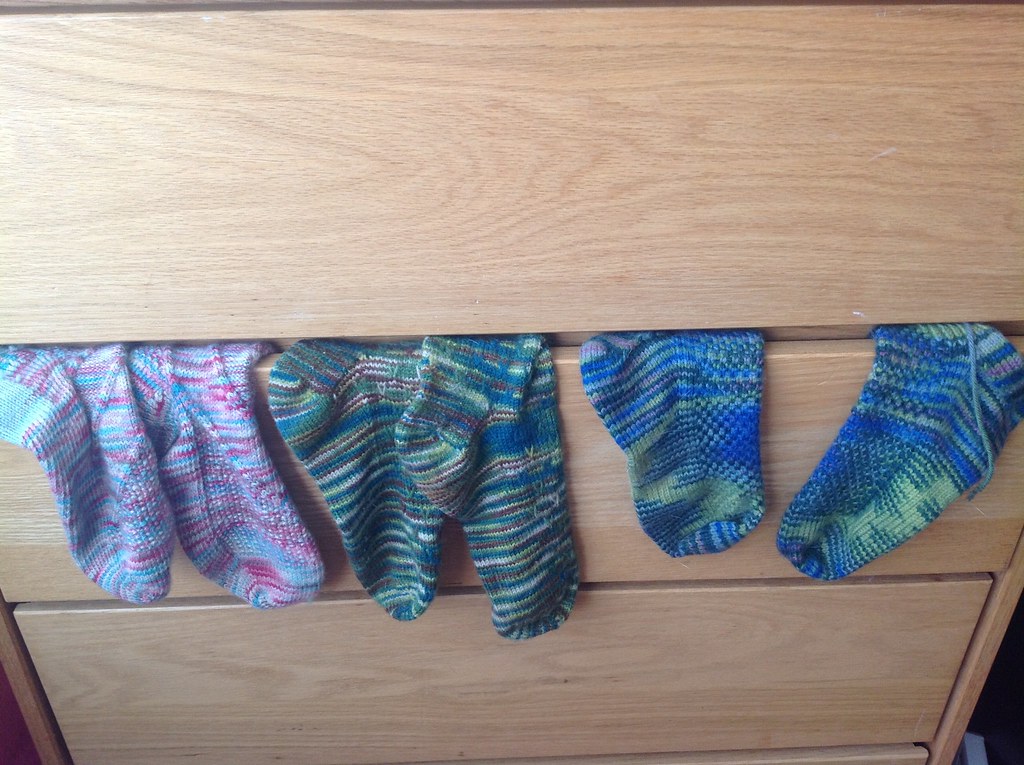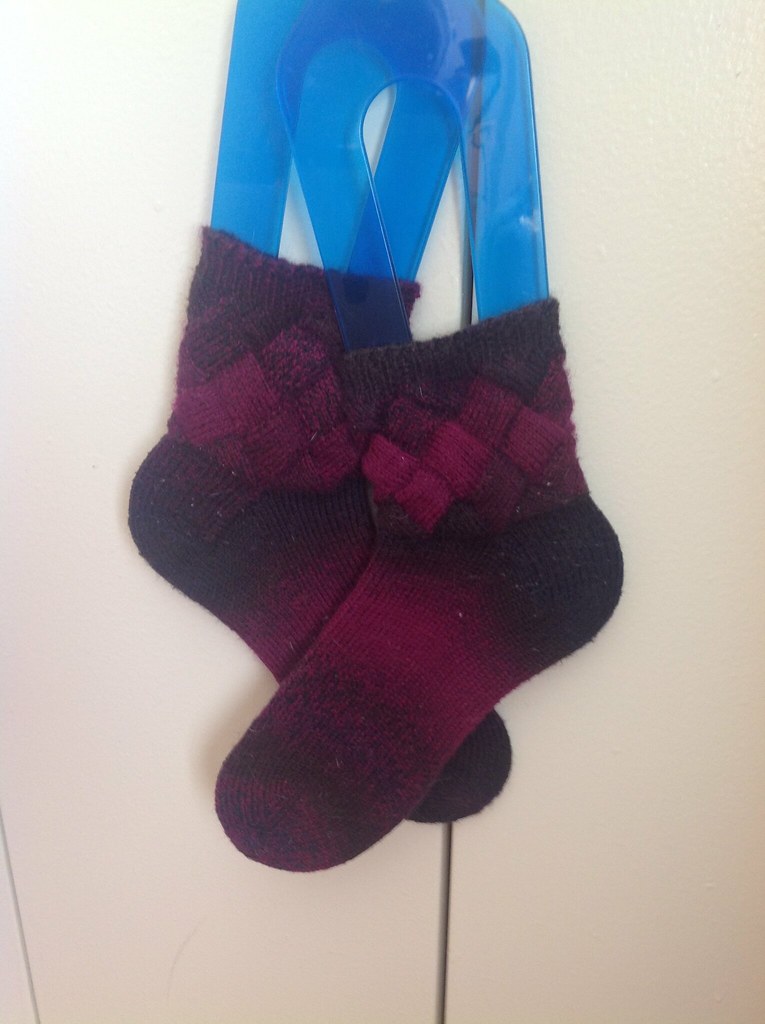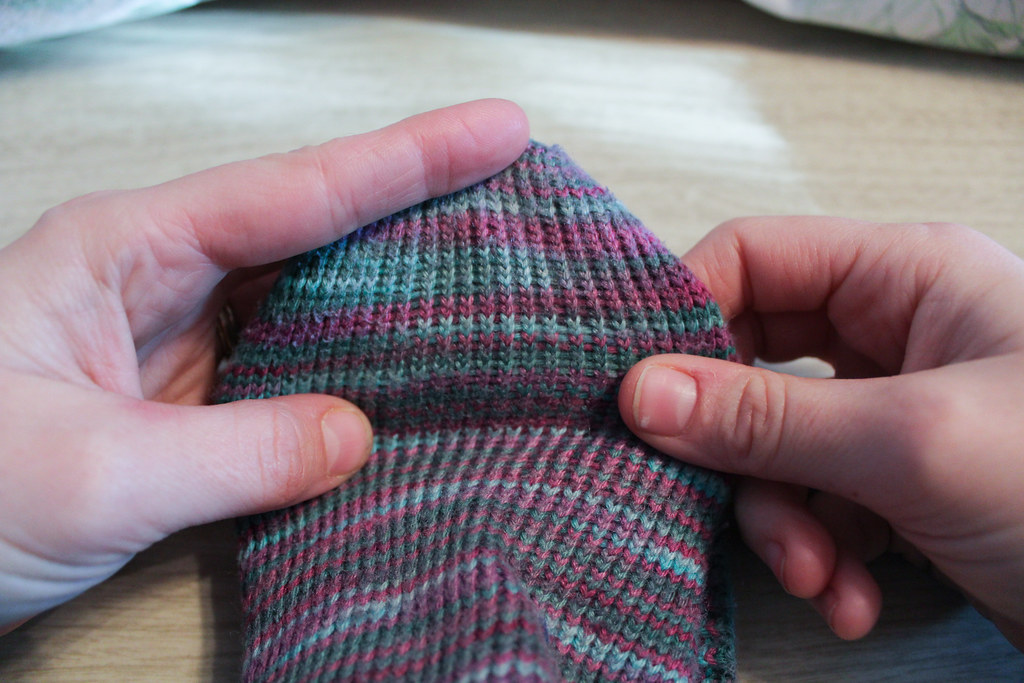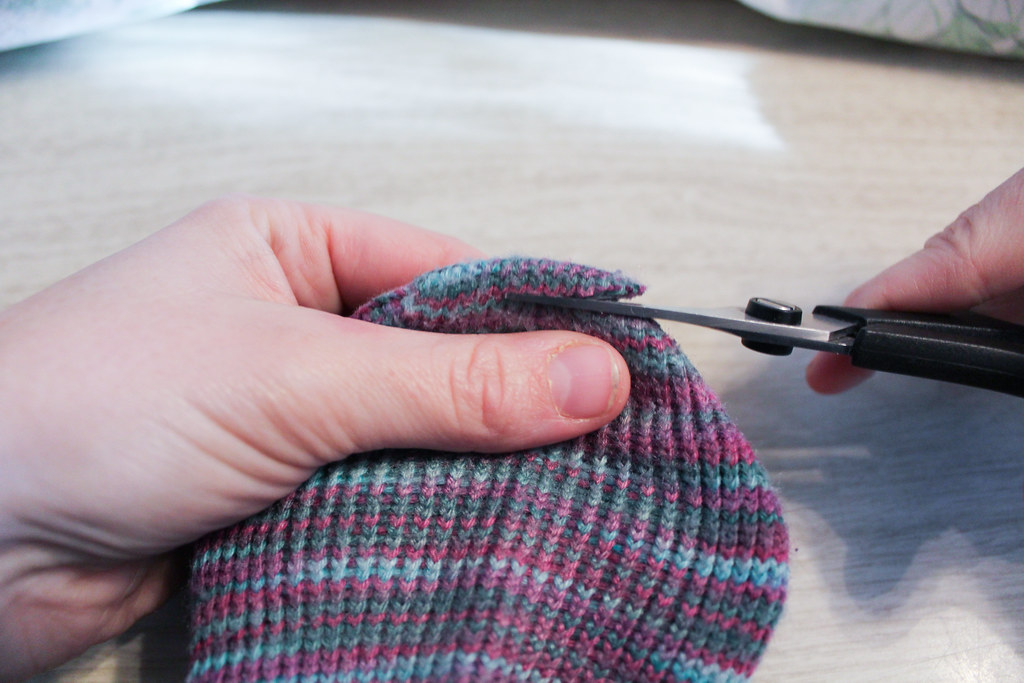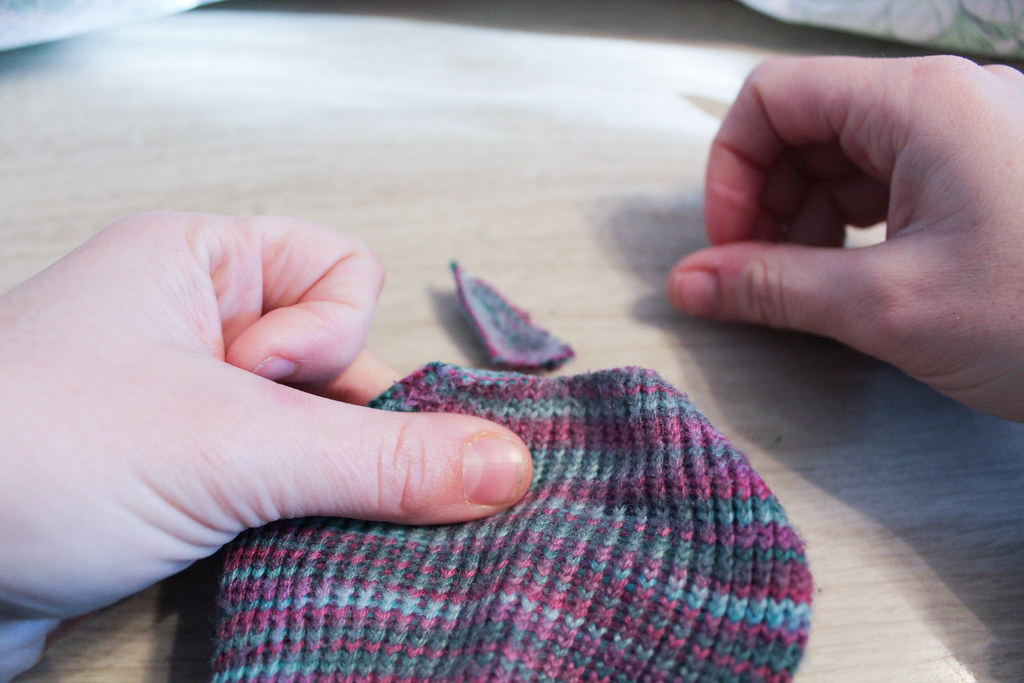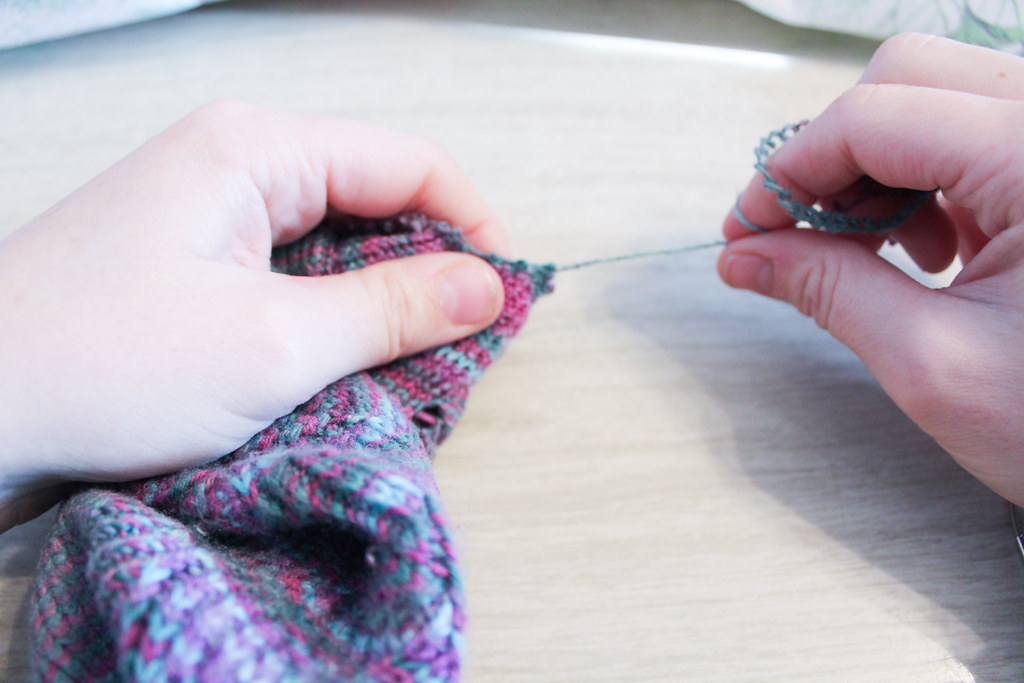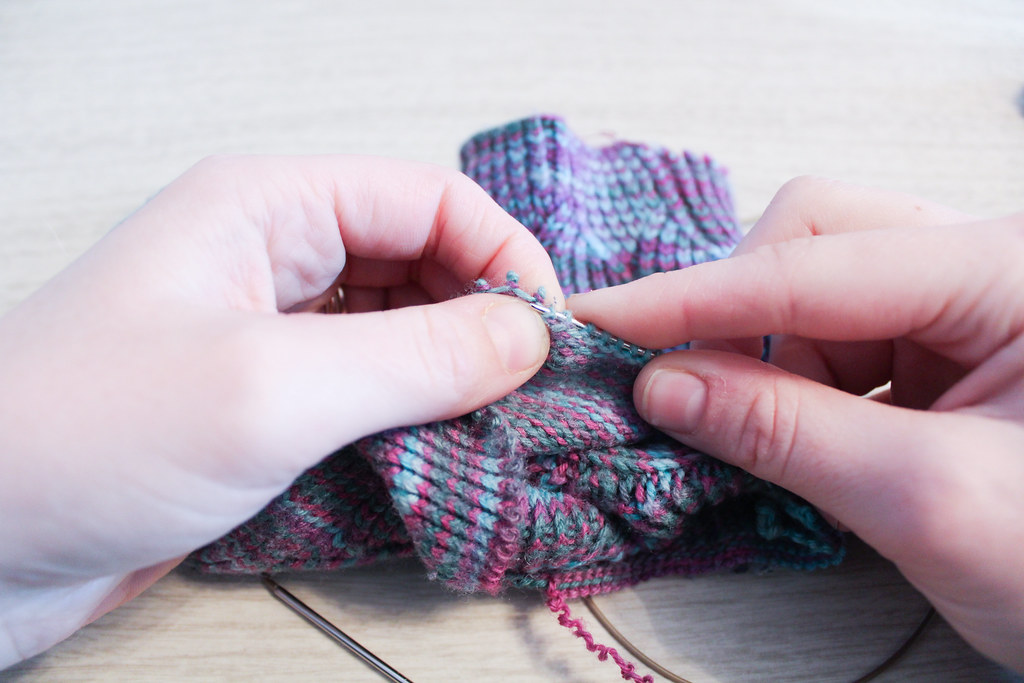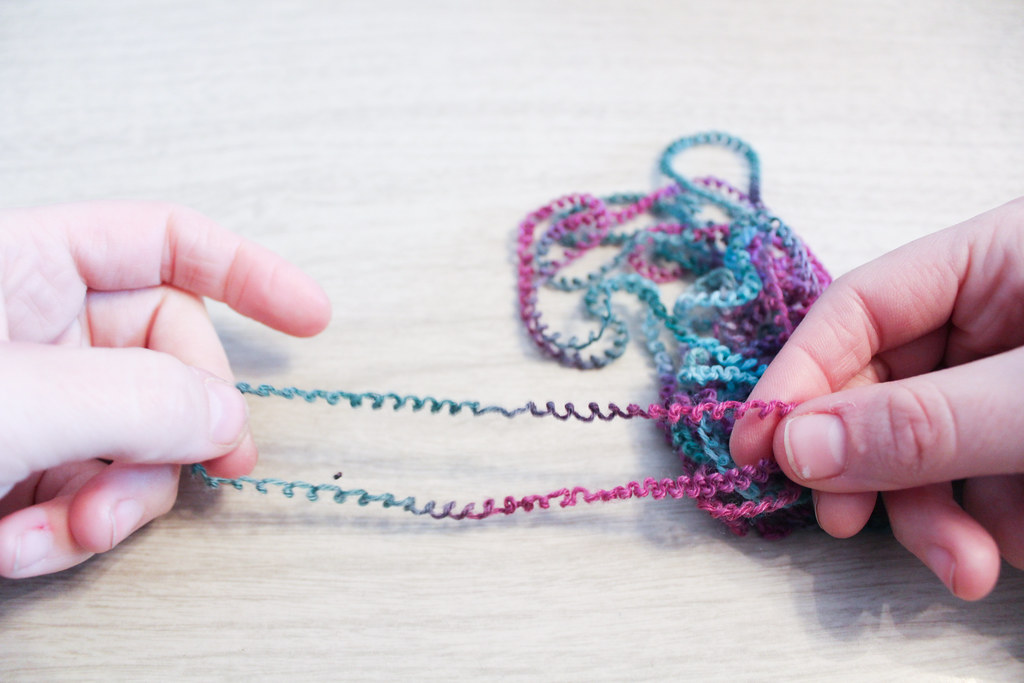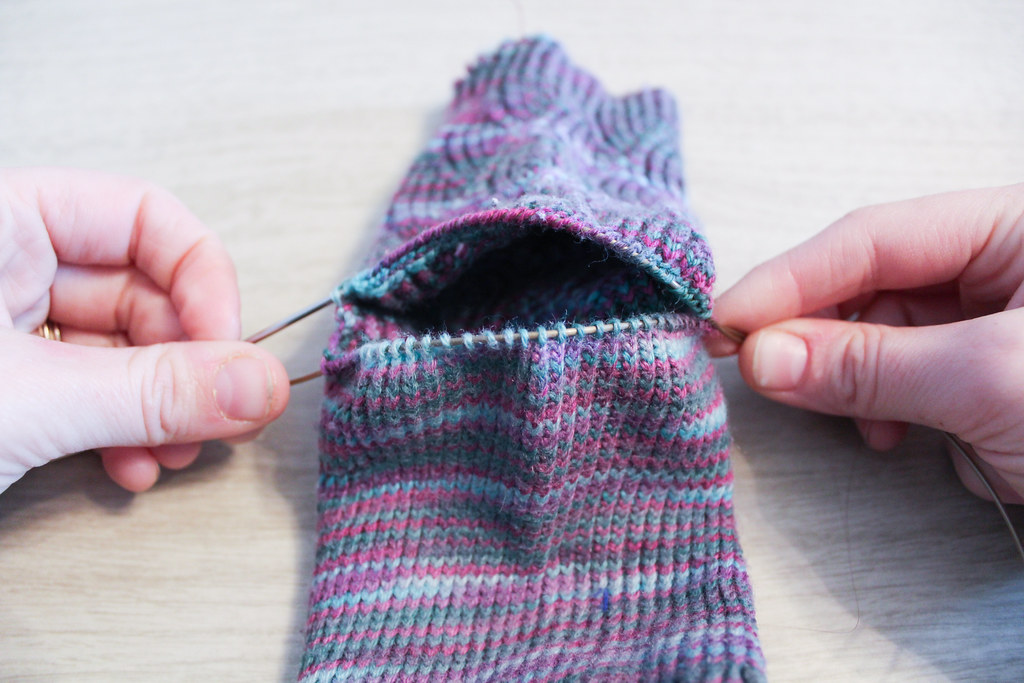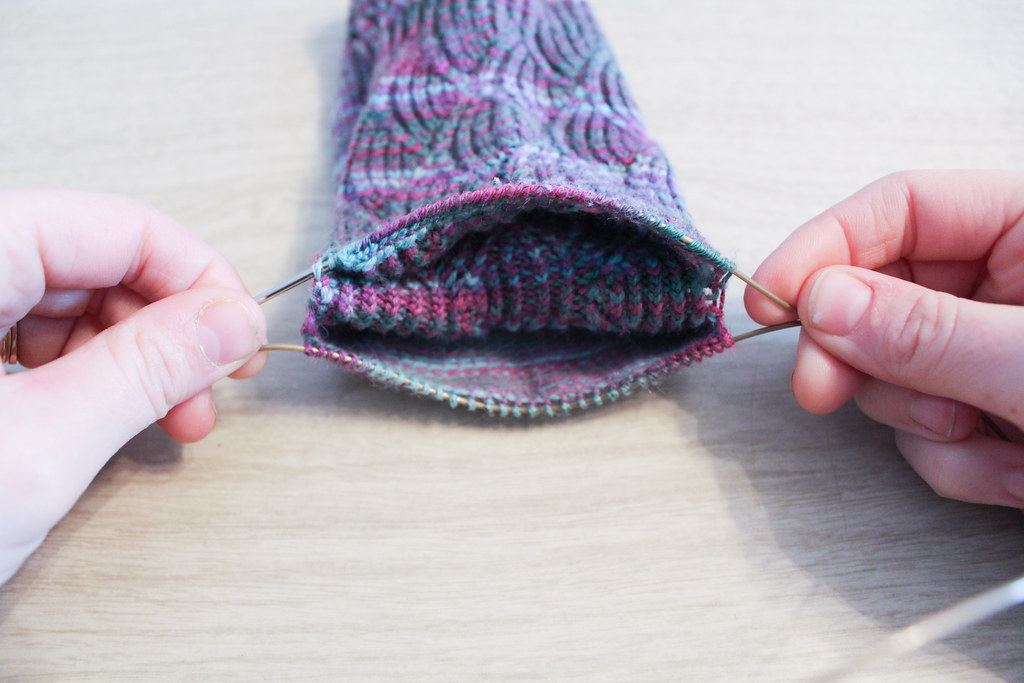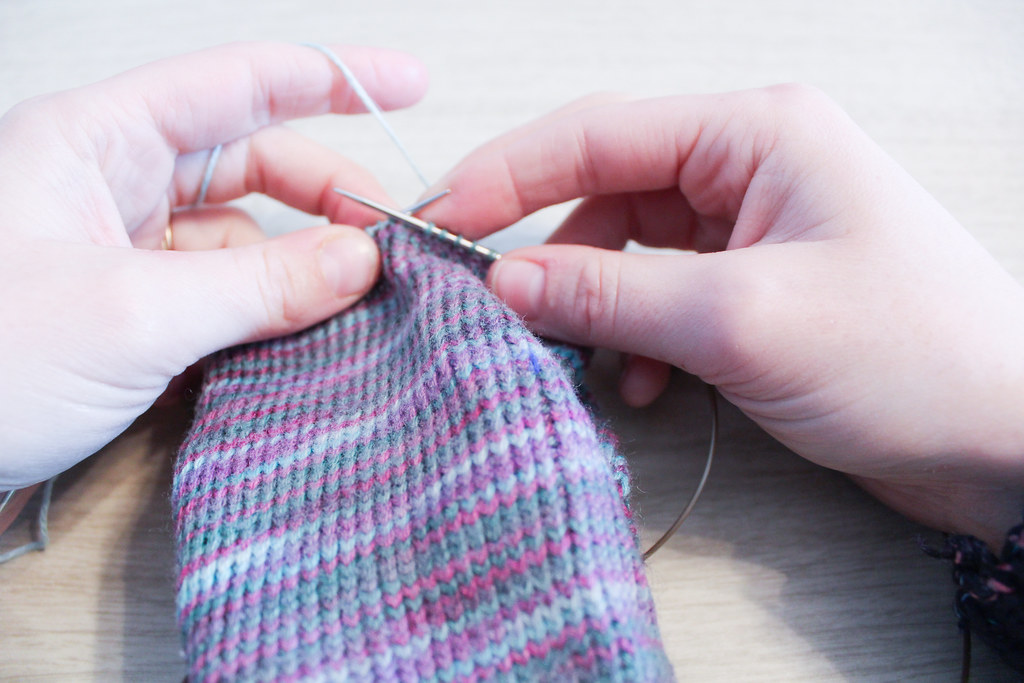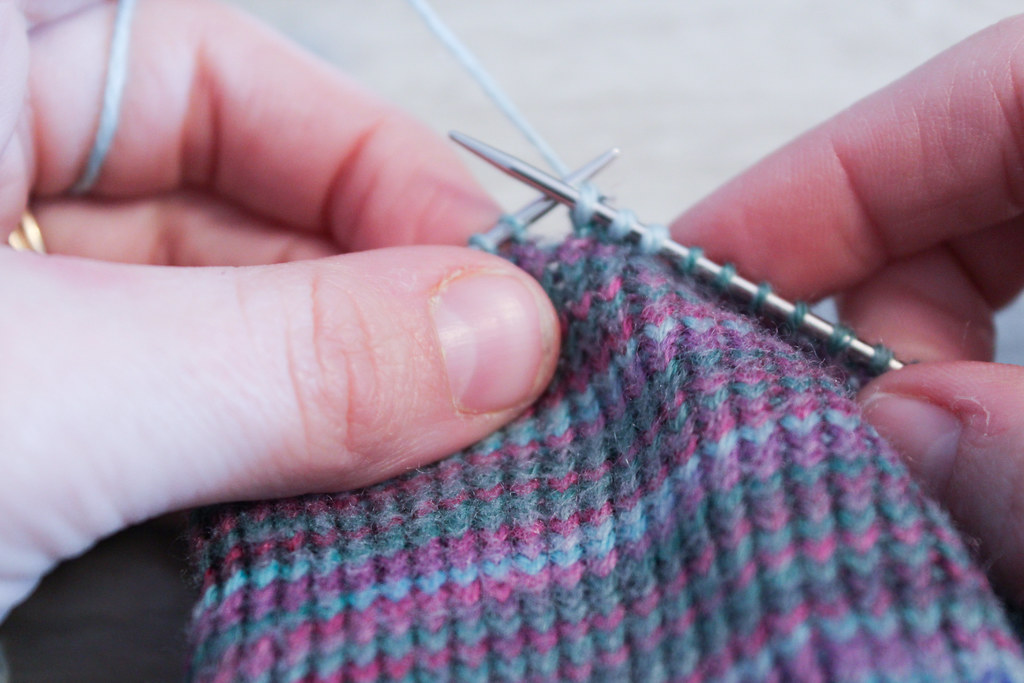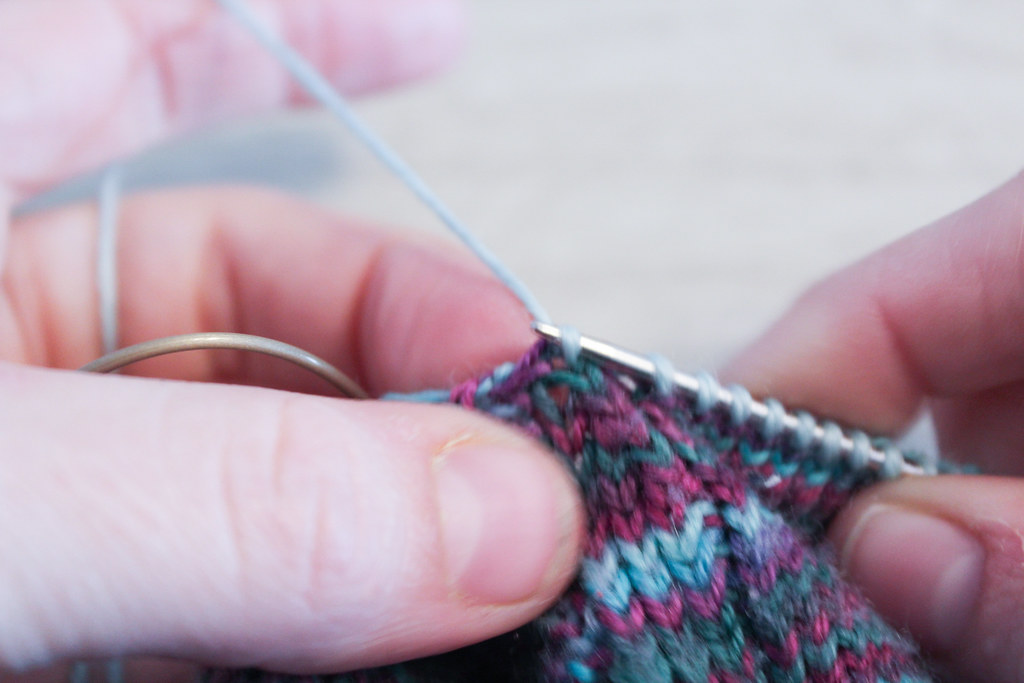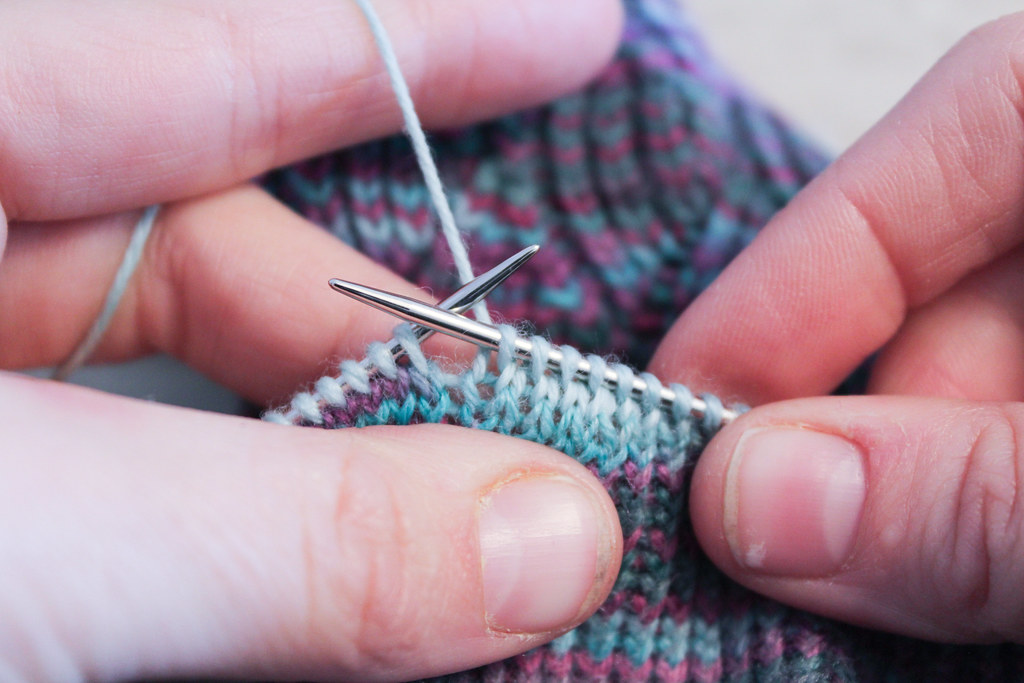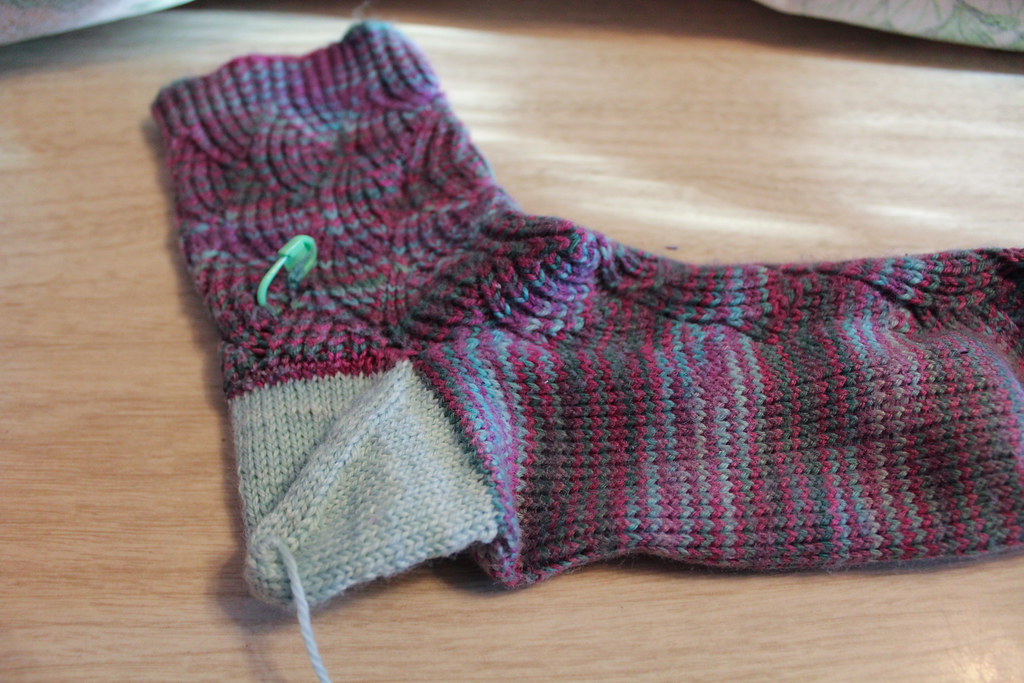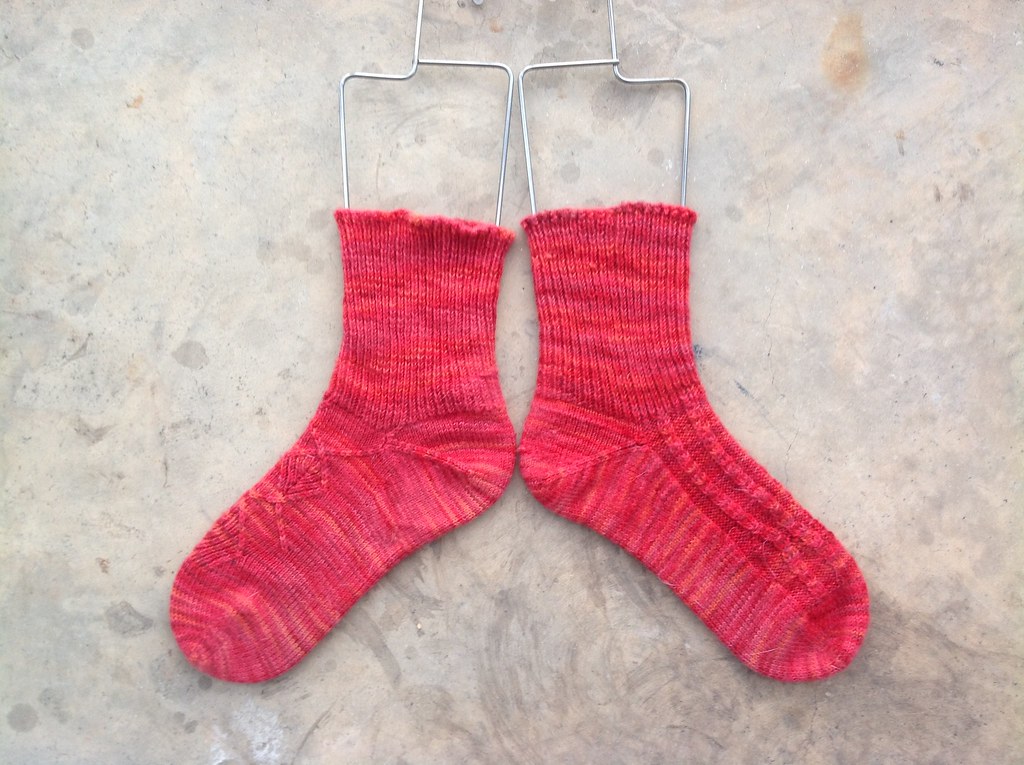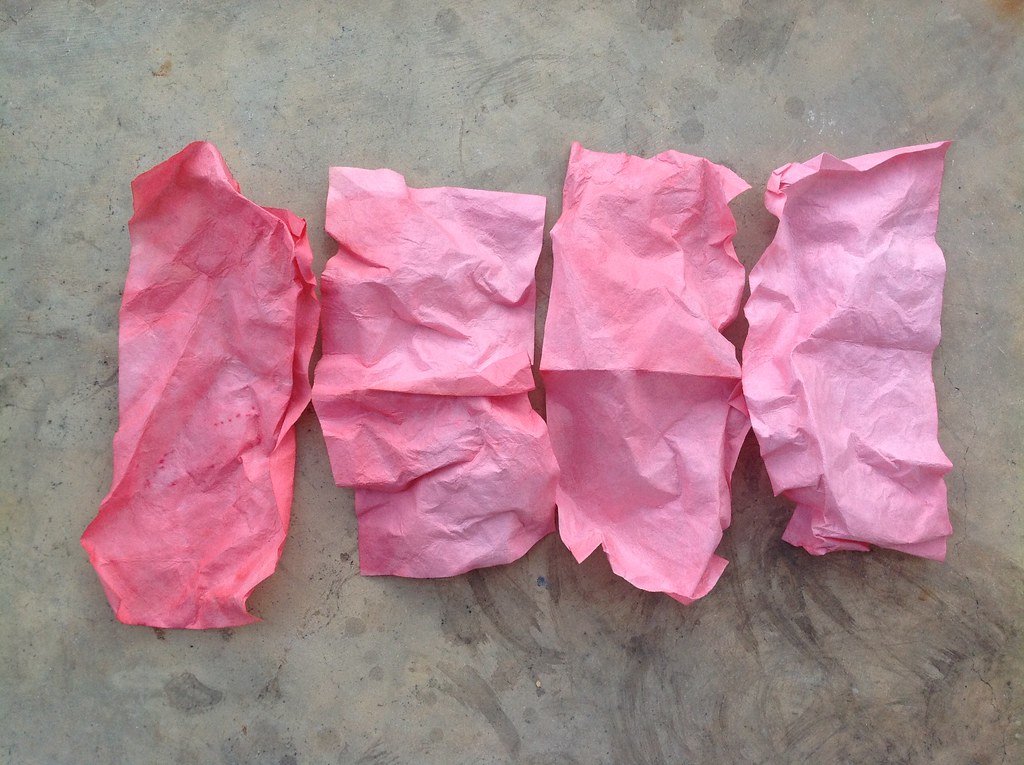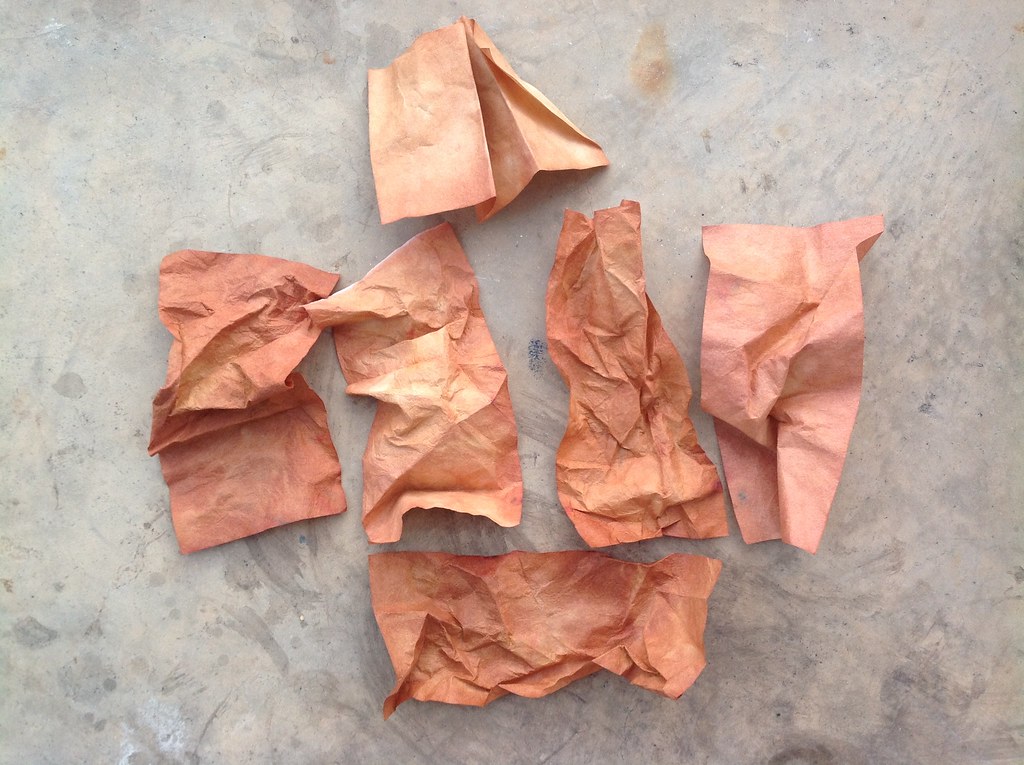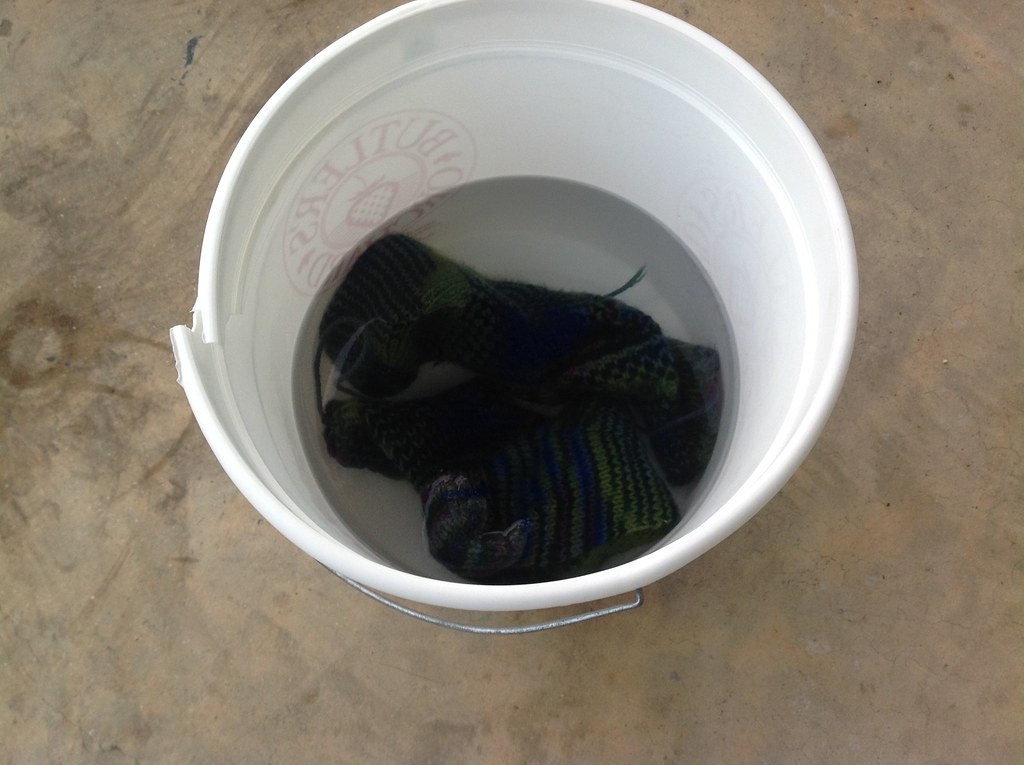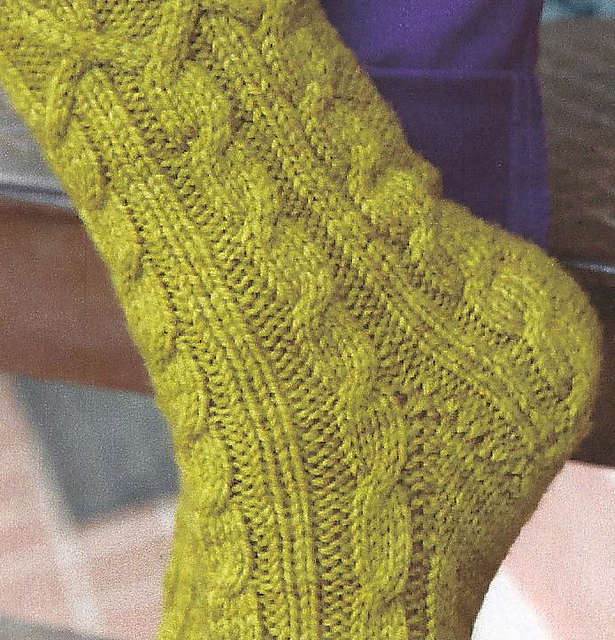We got about 5 or 6 inches of snow today. Needless to say, everything was pretty much shut down. Mr. Turtle and I stayed holed up in our apartment. Mr. Turtle was recovering from a cold, and every time he coughed the cats got startled. For once in my life (shockingly!) I was the preferred human to cuddle, which was a little awkward as I was working on an upcoming pattern.
At one point both cats were poured into my lap, a rather startling feat.
Michael snapped a picture.
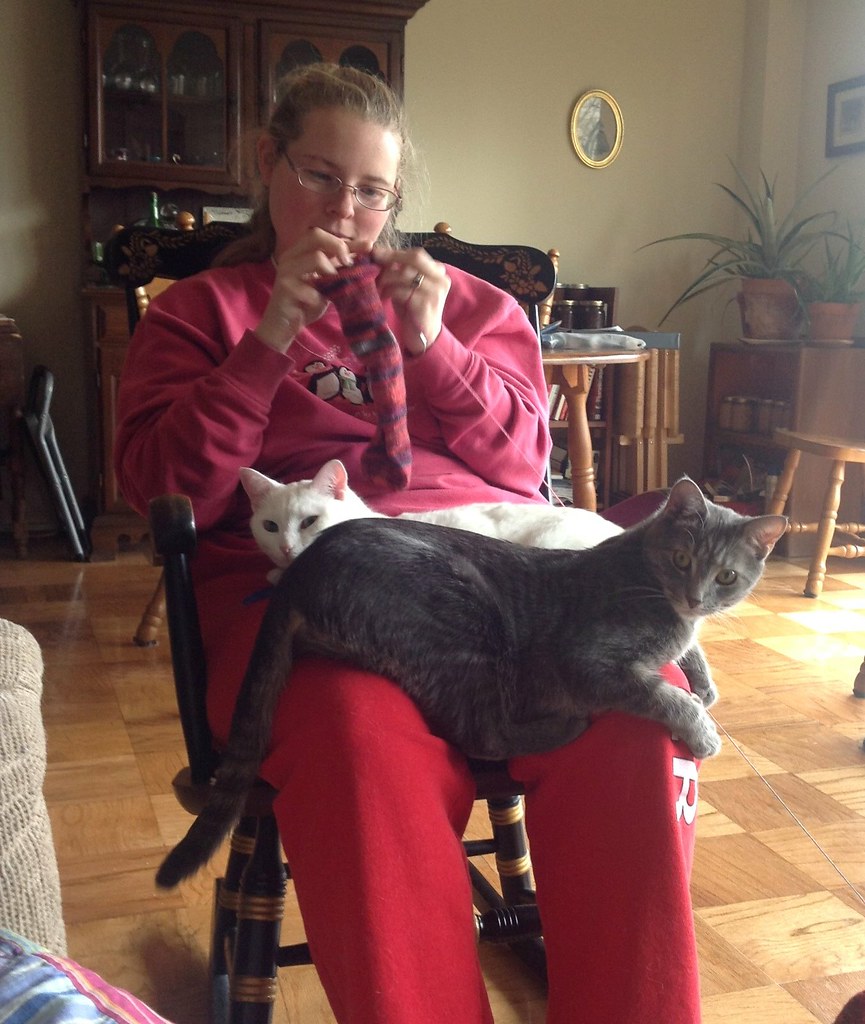 |
| Me, lovely in my “Knitter” Sweatpants and Penguin Sweatshirt; the cats, keeping my lap warm. |
The pattern was giving me fits today. It’s a new sock pattern, and the heel took three tries to get right. It’s a perfect fit now, but I had to try out everything that didn’t work before I settled on a shape that worked.

